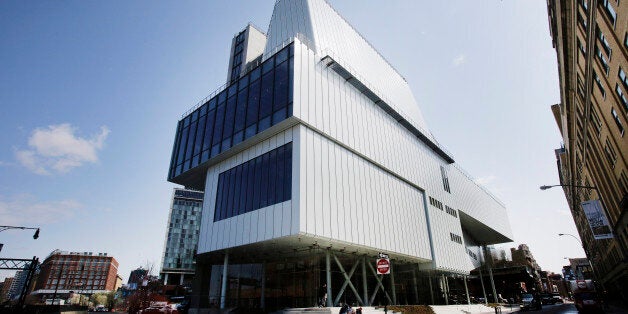
New York City has been abuzz recently with the opening of the new Whitney Museum of Art, and with just cause. The new venue, designed by Renzo Piano, is magnificent and will breathe new life into the venerable institution and into the city itself. It is a potent reminder that despite facing many significant challenges, serious arts institutions play a central role in our lives and are worthy of continued investment of time and resources. With a great new building and a staff that is clearly energized by its new surroundings, the Whitney will have a lasting impact on its neighborhood, its city and the cultural ecology of our nation.
The justified excitement surrounding the re-opening of the Whitney should not obscure the importance and vitality of numerous smaller arts institutions that are not located in the largest of American cities but that play equally important roles in the lives of their constituents. One of my favorite clients, the Memphis Brooks Museum of Art, is set to celebrate its 100th anniversary next year.
The Brooks is an important institution in its own right. It can boast of a beautiful collection, strong educational programs and, in its new director, Emily Neff, someone who has the experience and vision to guide the institution through the coming celebrations and well into its next century. But the Brooks is important to more than the inhabitants of the City of Elvis. For along with the Crystal Bridges Museum of American Art, the Brooks is an anchor to a large region that includes parts of Tennessee, Arkansas, Mississippi, Louisiana and Missouri. The Brooks has provided -- and will continue to provide -- access to great art and arts education programming to residents of a very large portion of our nation.
There is a remarkably supportive group of board members and donors in Memphis, who recognize that the life of the city can embrace Graceland and ballet, basketball and opera, spectacular fried chicken and the visual arts. I have had the pleasure to meet with and work with many of these individuals and with the leaders of a wide array of important local arts institutions. Those of us who live in large Northeastern cities must learn that some of our most passionate and inventive colleagues live in smaller cities and towns across the nation.
One of the reasons the Brooks can continue to play a central role in its home city, despite being nearly a century old, is that the institution does not shy away from addressing the challenges of its past. Its current exhibition, This Light of Ours, tells the story of the Civil Rights Movement through the work of nine activist photographers. The Museum's willingness to face this history head on makes it an important convener in the life of the city where Martin Luther King, Jr. was assassinated.
So as we celebrate the opening of the Whitney, let's also celebrate the many museums in our cities that continue to educate, to challenge and to inspire.
